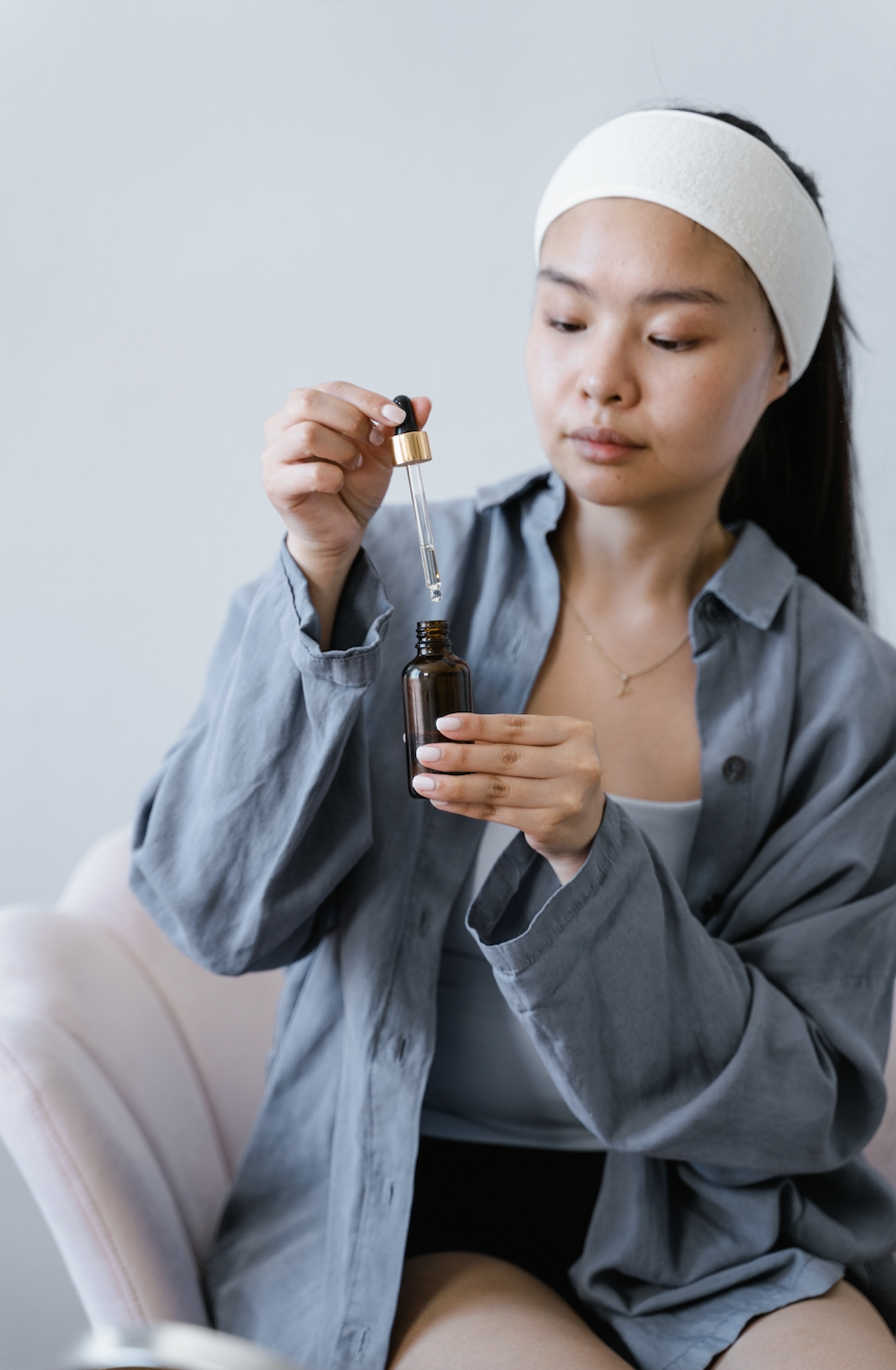The truth is that at some point in our life we have all been exposed to some sort of dry skin. Think itchy, tight, flaky and inflamed skin – these are all symptoms of dry skin. Dry skin may suggest a compromised skin barrier and can happen on any part of the body, including the legs. This can be a skin type or skin concern but what causes dry skin, what are the signs to look out for and how do you treat dry skin? We answer all your questions below.
What causes my dry skin?
This occurs when moisture is lost from the skin too quickly or too much. This may be a variation of normal – A degree of trans epidermal water loss is necessary as this triggers barrier repair through the synthesis of intercellular lipids but in some people this may be a bit more than in others. Some people have a naturally dryer skin than others, as we age our skin tends to become dryer as the lipid content which traps water declines along with the production of Hyaluronic acid.
Dr Lauren Knight, MBChB (UCT), MSc (Med), FCDERM, MMed (Derm), explained that, “Dry skin is caused by an impaired skin barrier and dysfunction or deficiency in the necessary healthy fats in the top layer of the skin. The top layer of skin is made up of dead cells and natural oils, which help trap moisture to keep the skin soft and smooth. If there’s not enough water in this top layer of cells, which can happen if the protective oils are diminished, dry skin could result.”
What are the signs/symptoms of dry skin?
“An obvious feature of dry skin is scaly and rough skin. More subtle features are your skin looking dull, feeling tight or even more wrinkly than usual, which you commonly see on the back of your hands. But a quick test is to wash your face and then leave to dry for roughly 5-minutes and then assess. Does it feel tight and rough, if so it is more likely to be dry skin, whereas some people after doing this feel nothing or are able to identify that their skin is oily,” added Kevin Khosa, Customer Service Manager at SKIN functional.
How do I effectively treat my dry skin?
When we treat dry skin we use moisturisers, but not all moisturisers are formulated equally. There are components of hydration within the skin to try target. Knight explained, “Occlusive moisturisers such as Vaseline block the evaporation of water from the skin thereby hydrating the skin. Although overuse of occlusive ingredients can further impair barrier functioning. Humectants are ingredients which attract water from the deeper layers of the skin and environment and trap it in the upper layer making the skin softer and more mobile. Hyaluronic acid is an example of such an ingredient. Emollients such as shea butter, aloe vera and ceramides are ingredients which create a lubricating barrier by filling the gaps between cells preventing the trans epidermal water loss and the appearance and feel of rough flaky skin.”
The golden ingredient
Centella Asiatica, also known as gotu kola, has been used in traditional medicines for many years. We love this ingredient for its wound healing abilities and anti-inflammatory effects. Centella Asiatica is used in the treatment of small wounds, hypertrophic wounds as well as burns, psoriasis and scleroderma. Centella Asiatica can stimulate fibroblast proliferation and activate the signalling pathway to stimulate collagen production. We did a little more research on this ingredient. Let’s break this down into numbers to get to the hard facts about Centella Asiatica. After 4 weeks of application, of 5% Centella Asiatica the following results were observed:
- 12% Increase in hydration in Stratum Corneum.
- 25% Increase in hydration after 4 weeks.
- 18% decrease in trans epidermal water loss.
- 18% increase in improvement in barrier functioning.
- Significant statistical prevention in oxidative stress damage.
- Statistically significant reduction in redness.
“If you are struggling with your dry skin and need help in identifying your concerns as well as skincare treatments and regimes, visit www.skinfunctional.com and click the ‘Expert Advice’ tab to find everything you need. Dry skin should not be a reason that you struggle with your skin,” concludes Khosa.
ALSO SEE THE TRUTH ABOUT COLLAGEN
Photo by MART PRODUCTION from Pexels

